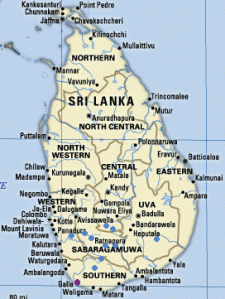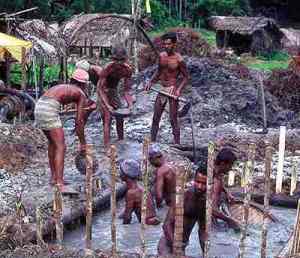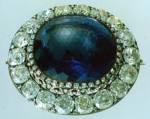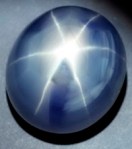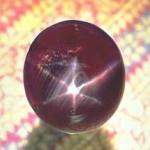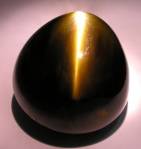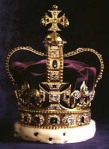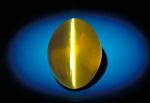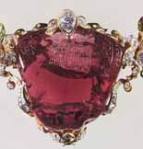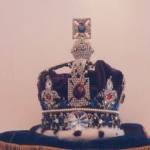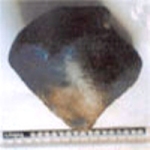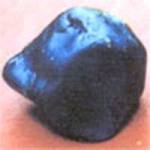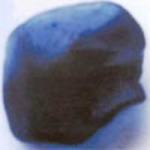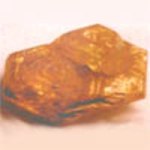The enchanting ocean is our earth's divine natural resource. Gratify the senses and nourishing the spirit is a blessing of hers. A place of origin for most life, ocean is a home for all sorts of plants and animals. Mainly plants do not live in the deep dark waters of the ocean, but animals are inhabited all around the sea.
Extensive amount of people rely on the ocean for survival as the worlds fishing community bring in millions of tons of fish, in the recent times the severe decline of stocks in many traditional coastal fishing grounds has given rise to an increase in regulations. This, in turn, has intensified the search for new and less fishing grounds. Among the most destructive fishing methods the bottom trawling is the worst of all which destroys important habitat that sustain the ecosystem. In this process of fishing desired species, bottom trawls also catch millions of pounds of unintended species and devastating the coral gardens and sponge beds. The destruction of humans doesn’t stop there; oil spills too immensely contribute to the potential for enormous harm to deep ocean and coastal fishing and fisheries. Although Oil wastes that enter the ocean come from many sources, it is estimated that approximately 706 million gallons of waste oil enter the ocean every year, with over half coming from land drainage, waste disposal and leaks occurring during various stages of well drilling or work over and repair operations. So certainly fisheries will be hurt considerably in time to come.
Bounties of the ocean are countless Coral reefs are among the precious resources in the ocean because of their beauty and biodiversity and mainly they come in a seemingly infinite array of shapes and colors and teem with life, but their beauty is matched by their fragility. Coral reefs are often called the rainforests of the sea, both due to the vast amount of species they harbour, and to the high productivity they yield.
Covering less than one percent of the ocean floor but supporting an estimated 25 percent of all marine life its miraculous diversity and beauty is a powerful attraction for tourism, and well managed tourism provides a sustainable means of earning foreign currency and employment for people around the globe. So beyond a shadow of doubt they benefit people and the natural world far beyond their boundaries.
More than half of the world's coral reefs are at a high risk. The largest living structures on earth, with diversity so rich, there is no other oceanic equivalent, coral reefs are facing serious threats and are rapidly disappearing and the appropriate conditions for them to survive is a delicate, balanced marine environment. They depend upon lots of light and oxygen. They also need clear water, low nutrients, a steady temperature. But with activities like overfishing, coastal development, and pollution being the key habitat degraders. It’s not surprising that human activities threaten coral reefs to greater extend. The protection of the marine environment is the responsibility of everyone, so we must be conscious of the threats to our oceans. If better international regulations aren’t implemented immediately it can be too late to save her.
- Zeyan Hashim
- Zeyan Hashim

